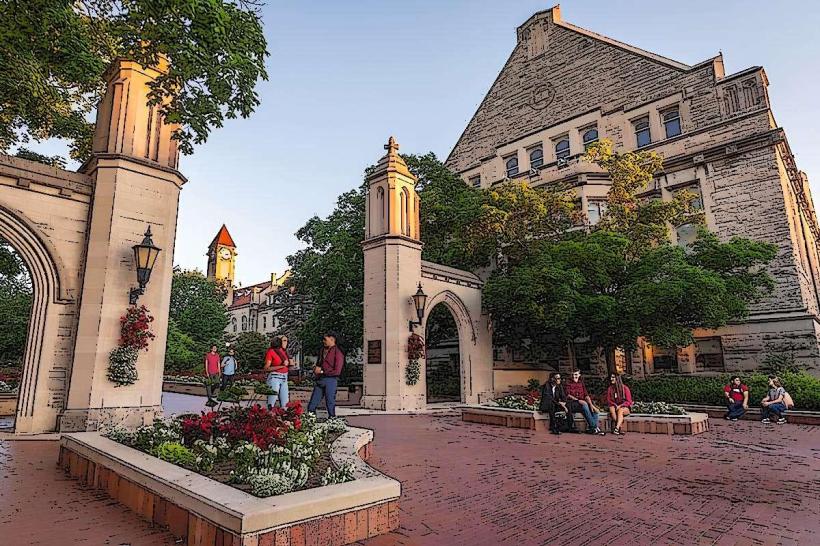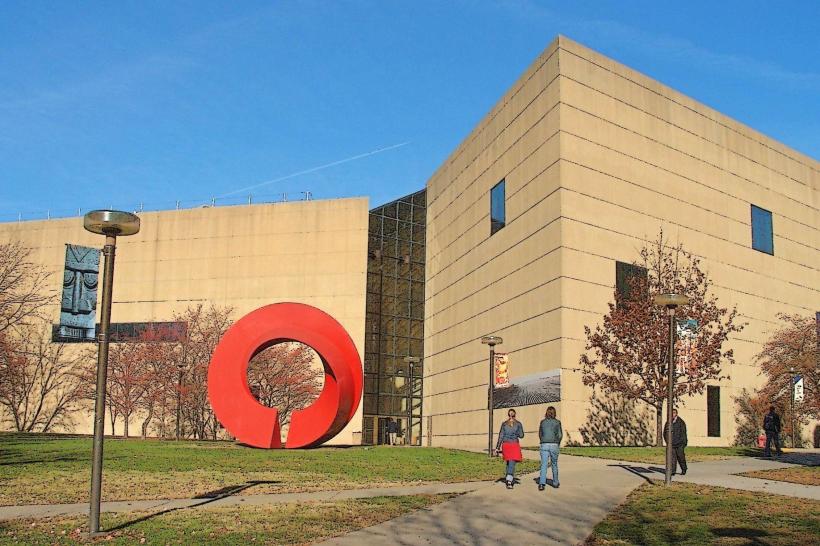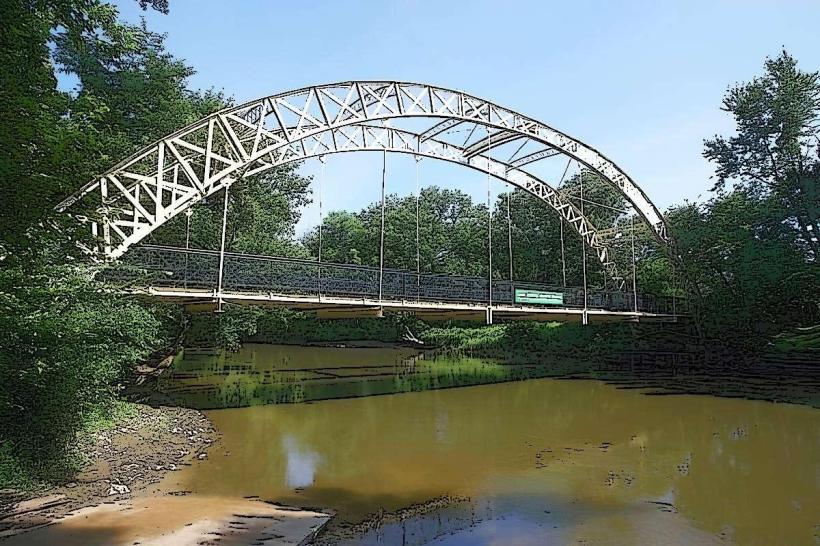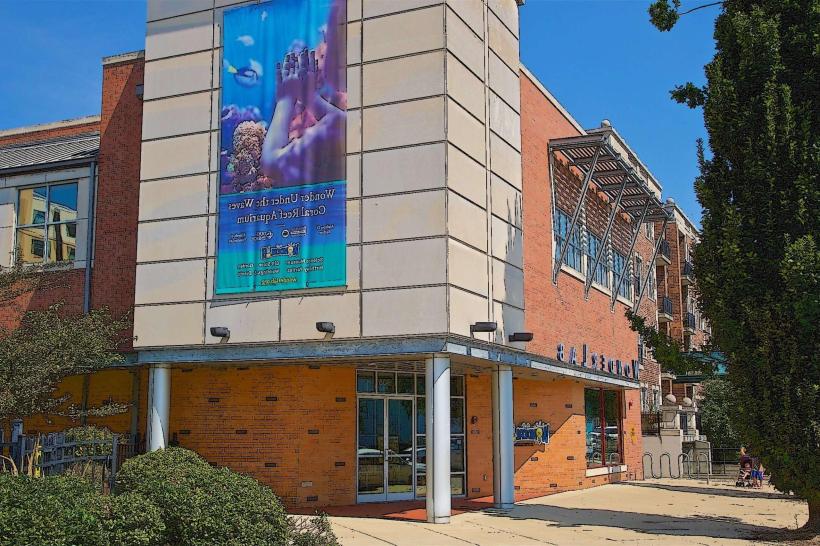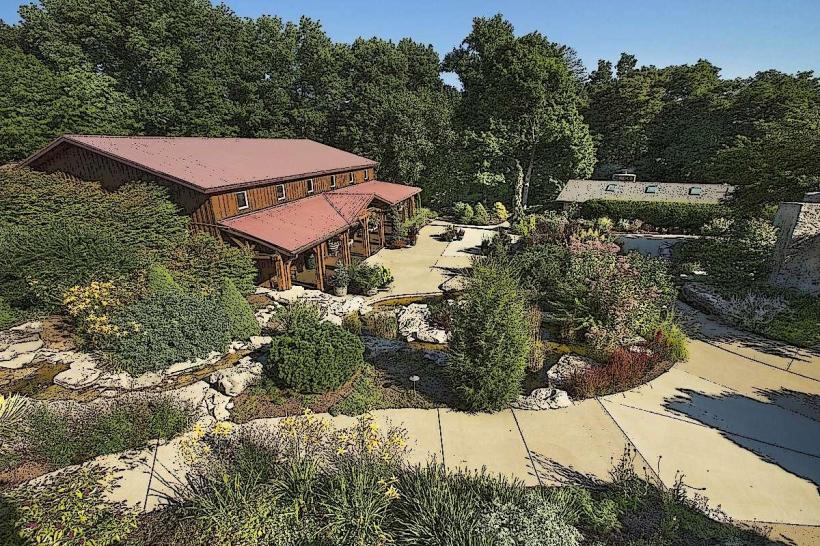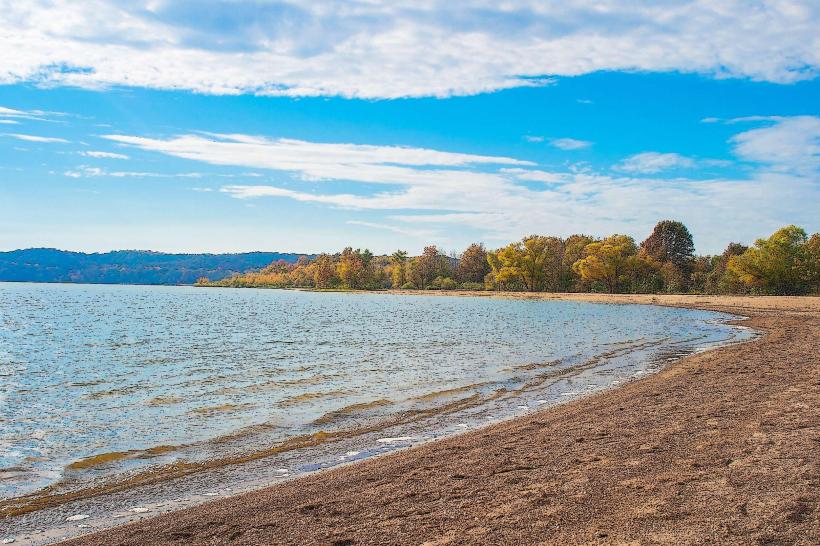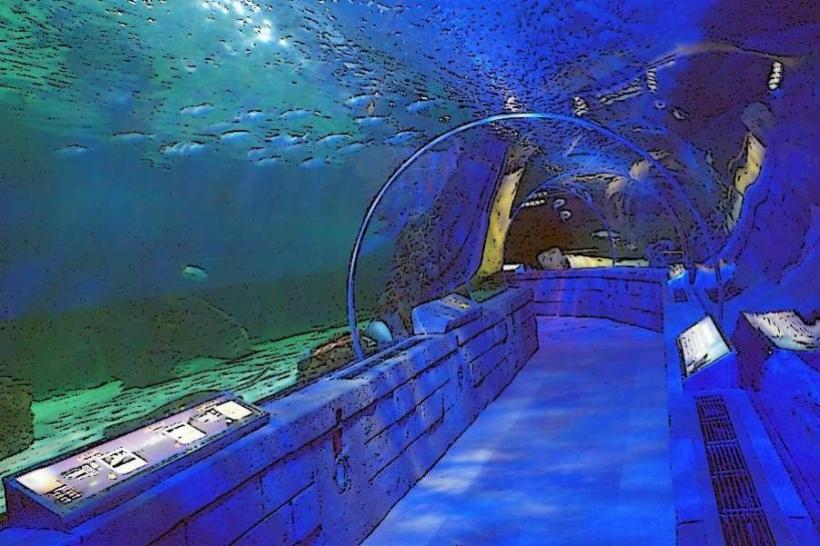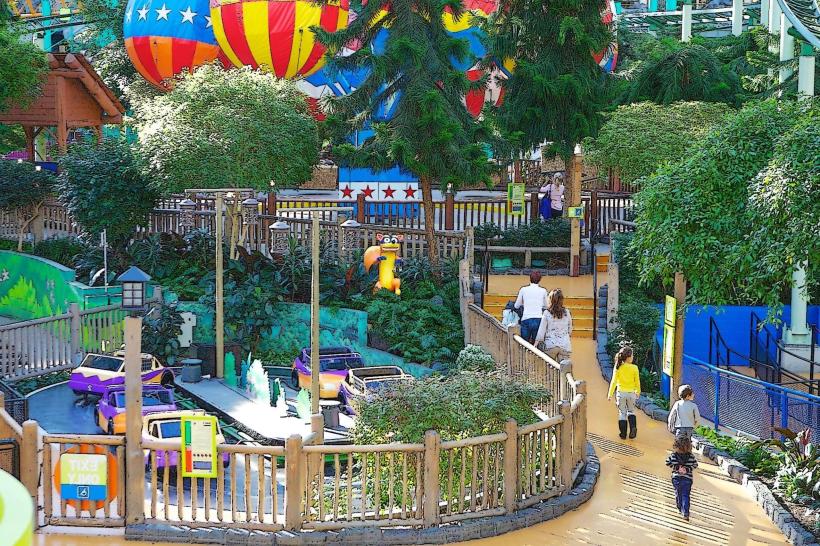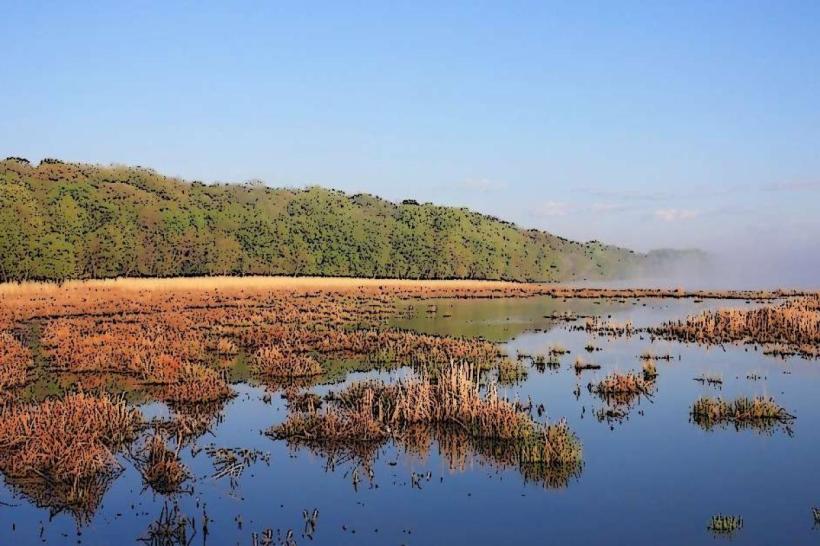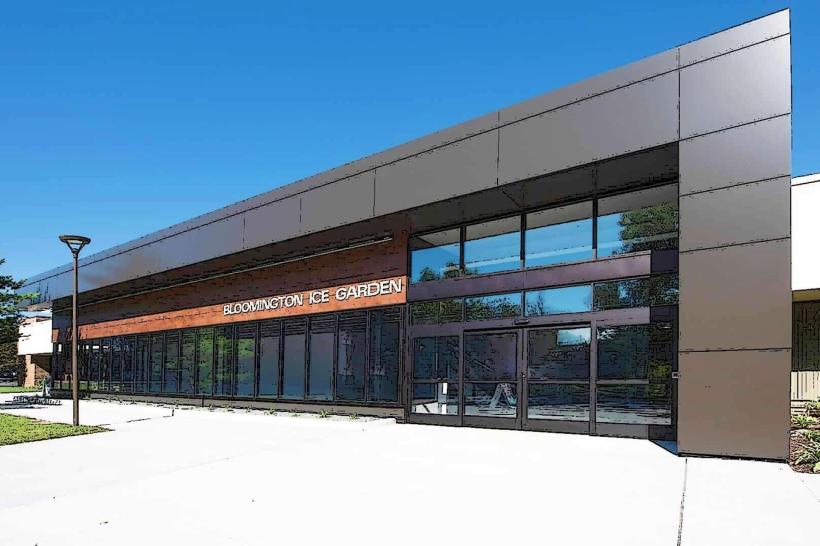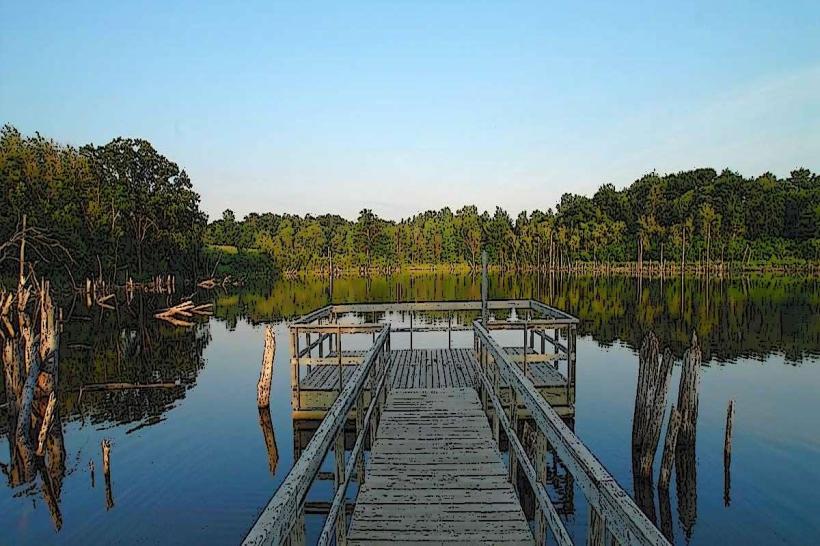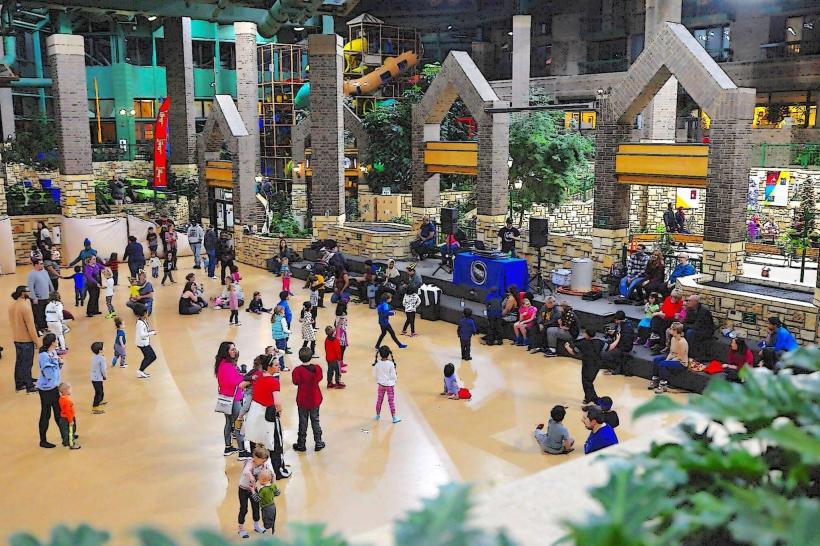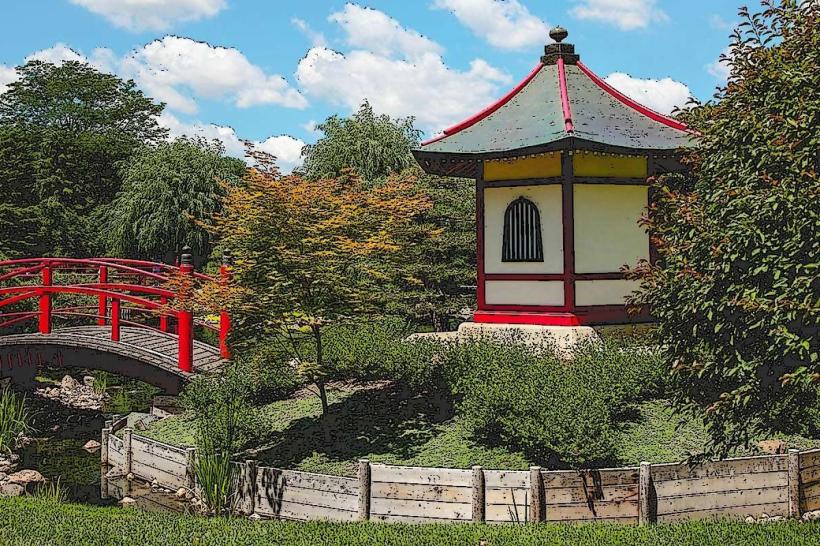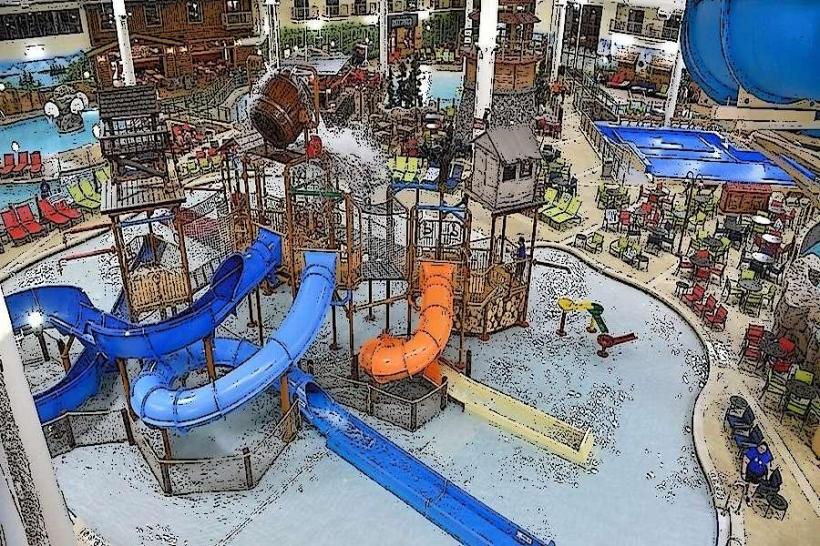Information
Landmark: Griffy Lake Nature PreserveCity: Bloomington
Country: USA Indiana
Continent: North America
Griffy Lake Nature Preserve, Bloomington, USA Indiana, North America
Overview
Just north of Indiana University Bloomington, Griffy Lake Nature Preserve stretches across 1,220 acres, with a quiet 109-acre reservoir at its heart, after that bloomington treasures this outdoor spot, where shaded trails wind through native plants and visitors find a thoughtful mix of recreation, hands-on learning, and protected habitat.Built in the 1920s to provide the city’s water, it’s now a favorite spot for hikers, paddlers, anglers, and nature lovers, yet it still stands ready as a backup supply when needed, at the same time back in the 1920s, workers built a dam across Griffy Creek, and the quiet valley filled to create Griffy Lake, a fresh reservoir for Bloomington’s expanding community.For decades, it supplied the city’s water, flowing steadily from the ancient stone reservoir, not only that by the 1950s, bigger reservoirs-Lake Lemon and Lake Monroe-had been built to handle growing demand, and Griffy Lake shifted to serve as a backup and emergency source.The land around it, alive with Indiana’s native wildflowers and the rustle of deer in the brush, stayed untouched, preserved to safeguard the watershed, as well as over the decades, the land became a nature preserve, cared for with equal attention to visitors and the wild-trails wind past quiet ponds where herons stand still.The City of Bloomington Parks & Recreation Department and the Indiana Department of Natural Resources share management of the area, while nearby parcels like Griffy Woods-where Indiana University students might measure tree rings or survey wildlife-are owned by the university for teaching and research, moreover griffy Lake Nature Preserve bursts with ecological variety, from shaded oak-hickory woodlands typical of southern Indiana to sprawling stands of mature hardwoods where leaves whisper in the breeze.Riparian and wetland ecosystems thrive along the lake’s edges and in the quiet bends of its tributary streams, to boot wildflower meadows and shaded understory habitats burst with seasonal blooms, drawing in bees that hum from petal to petal.The area teems with life-white-tailed deer stepping through the grass, wild turkeys rustling leaves, foxes darting past, raccoons nosing along streams, and countless modest mammals in between, also more than 160 bird species, from year-round residents to seasonal visitors, fill the skies and treetops, making it a magnet for birdwatchers.Frogs, turtles, and snakes are among the reptiles and amphibians you might spot basking on a warm rock, equally important the lake teems with bass, bluegill, sunfish, and catfish, their scales flashing silver just beneath the surface.Conservation work involves pulling out invasive plants, culling deer to keep overgrazing in check, and setting planned fires so native greenery can return, besides the preserve boasts more than 10 miles of trails, each with its own challenges and natural charm, including the 1.5‑mile Griffy Creek Trail, which winds through dense woods beside a clear, sparkling tributary of the lake.Nature Trail (0.5 mile): This easy loop winds past wildflowers and shaded bends, perfect for beginners or families, therefore lanam Trail, a one-mile path, winds through upland forest, where now and then the trees break to reveal glimpses of the lake’s blue shimmer.The Wetlands Trail takes you through low, marshy ground, where wooden boardwalks creak softly underfoot, furthermore north Shore Trail winds through rugged terrain and draws hikers looking for a good, long trek, with pine needles crunching underfoot, mildly The Full Lake Loop Trail, stretching 6.7 miles, opened just a few years ago and circles the whole lake, linking up with several other paths along the way, what’s more in 2022, the city finished upgrading its infrastructure, adding a quarter-mile causeway so people could stroll safely along the lake’s eastern shore, where the water laps quietly against the stones.A fishing pier you can reach with ease, right beside a slight boat launch, on top of that the park now offers more parking, clean restrooms, shady picnic tables, and a boathouse by the water.Actually, Boating and fishing: you can take out a kayak, canoe, or quiet electric boat, but nothing with a gas engine-it's how we keep the lake clear and clean, and from late spring until the first chill of fall, you can rent canoes, kayaks, or paddleboards at the Griffy Lake Boathouse, where the water glints under the afternoon sun.With a daily or yearly permit in hand, visitors can head to the dock and launch their own boats, meanwhile you can fish from the shore or a boat any time of year, even through the ice when the lake freezes in winter.As far as I can tell, You’ll find largemouth bass, crappie, bluegill, redear sunfish, and catfish gliding through the water, their scales catching flashes of sunlight, to boot you’ll need an Indiana fishing license before you cast a line.Swimming’s off-limits to protect the lake’s clean, clear water-it’s a reserve source for drinking, then griffy Lake isn’t just a spot for hiking or paddling; it doubles as a living classroom, where Indiana University students trek through the 185-acre Griffy Woods to study ecology, geology, environmental science, and biology in the field.Bloomington hosts public programs, from guided hikes to nature walks that follow trails lined with autumn leaves, likewise evening paddles on the lake, followed by stargazing under a sky scattered with silver pinpricks.Wildlife workshops, crisp autumn leaf-peeping, and hands-on winter ecology walks, besides signs along the trail share stories and facts so you can explore and learn at your own pace, maybe pausing to read about a dazzling red wildflower at your feet.These programs work to draw people closer to their community and inspire them to care for the environment-planting a tree, picking up litter, or simply looking after the local park, equally important we’re open every day from 5 a.m, when the first light hits the windows, until 11 p.m. Admission’s free-no ticket, no fee, just amble right in, furthermore the site offers seasonal vault toilets, picnic tables under the shade, a boathouse open from spring through fall, watercraft rentals, and features designed for ADA accessibility.No camping, no fires on the ground, and keep dogs on a leash; pack out every crumb and scrap so the location stays as wild as you found it, as a result griffy Lake Nature Preserve sits just minutes from downtown Bloomington and Indiana University, yet it feels worlds away, alive with diverse wildlife and the quiet ripple of water against the shore.Forested hills, glassy blue water, and twisting trails invite hikers, researchers, and anyone seeking a quiet moment with nature, while with thoughtful ecological care and programs rooted in the community, the preserve flourishes as a living example of urban and wild coexisting-where herons skim the pond at dawn and both nature and people benefit.
Author: Tourist Landmarks
Date: 2025-10-06

